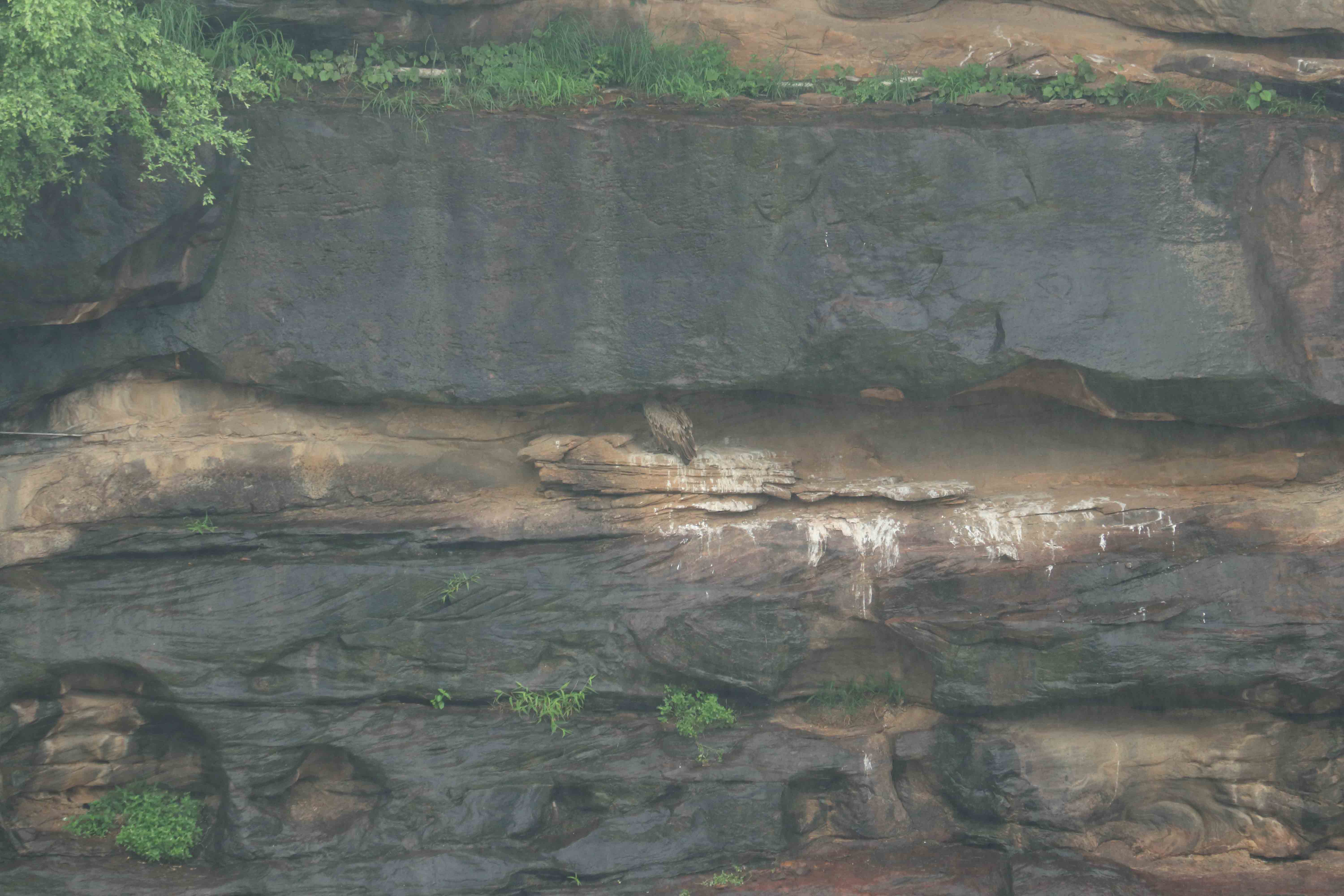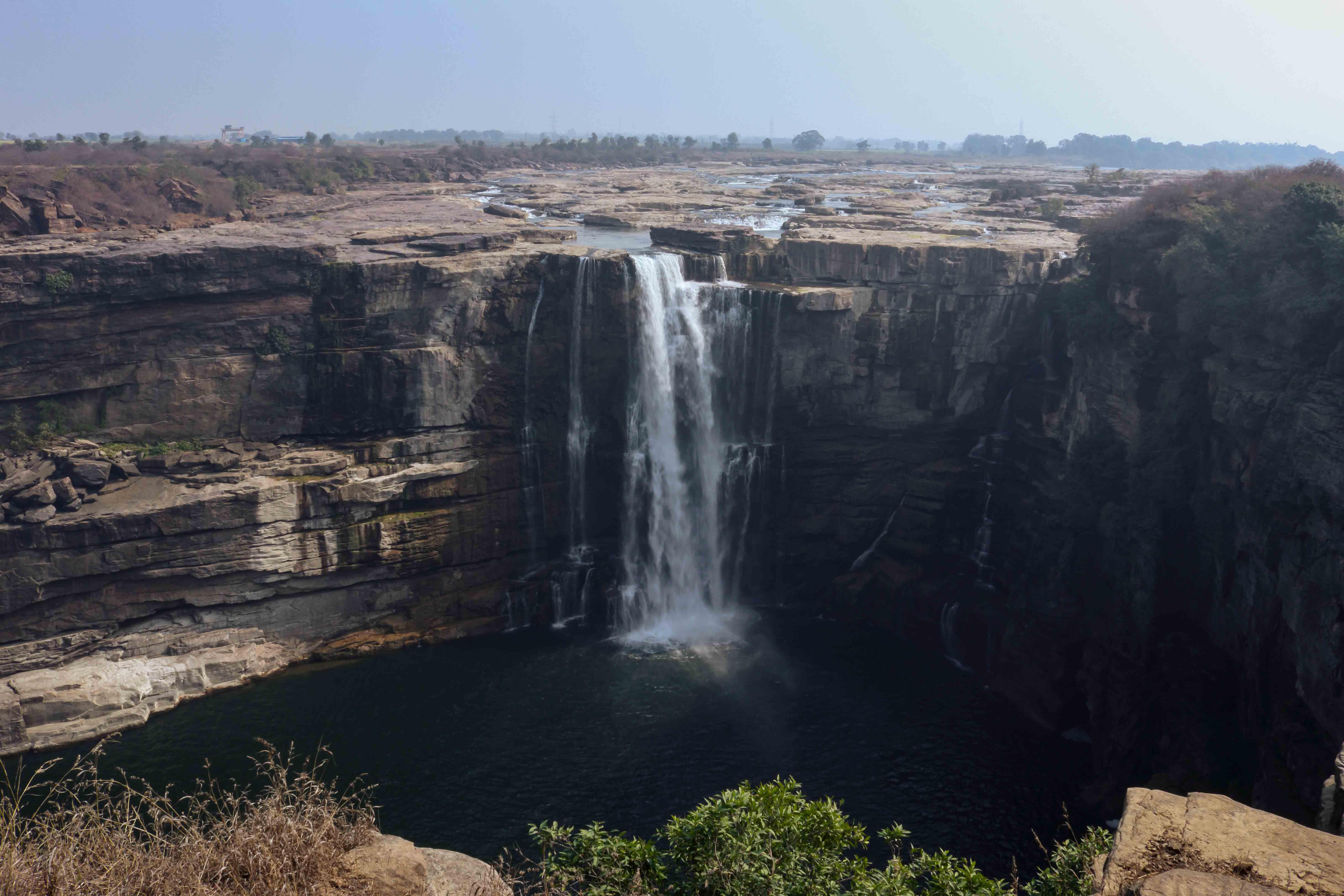Rewa, nestled amidst a captivating 3 river system, offers a mesmerizing experience for nature enthusiasts. In this article, I will delve into the significance of the Tamas, Mahana, and Beehar Rivers. These waterways not only provide an essential water supply to the surrounding areas but also create breathtaking waterfalls and canyons that serve as havens for diverse wildlife. Come along with me on this adventure as I uncover the wonders of Rewa's river systems and the captivating species that call them home.
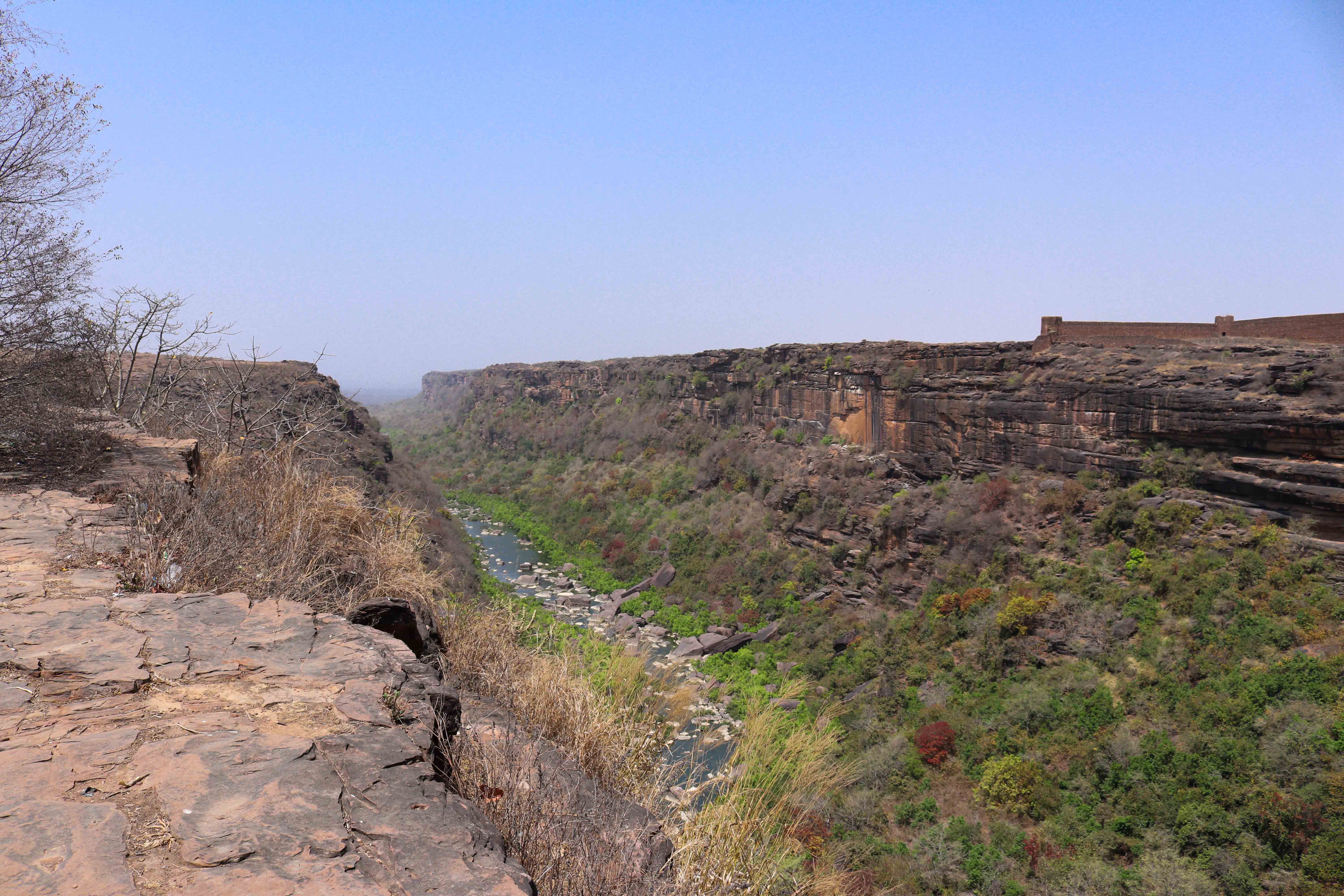
The three important rivers in Rewa, namely Tamas, Mahana, and Beehar, latter two merge to form the Tamas River, one of the tributaries of the Ganga River. While the Beehar River is the tributary of Tamas, it flows through the heart of Rewa city, the other two rivers pass through the outskirts. These river systems ensure a sufficient water supply to the surrounding areas, and during the monsoon season, the rivers Tamas and Mahana act as flooding rivers, compensating for the arid regions they pass through. The river system has created many civilizations around it as this mineral-rich water, soil feeds the crop cultivation and water demands of humans, animals and crops. Tamas River ends up in a beautiful Purva waterfall, the Beehar River flows to form a wide Chachai waterfall and the Mahana River cascades as Keoti waterfall.
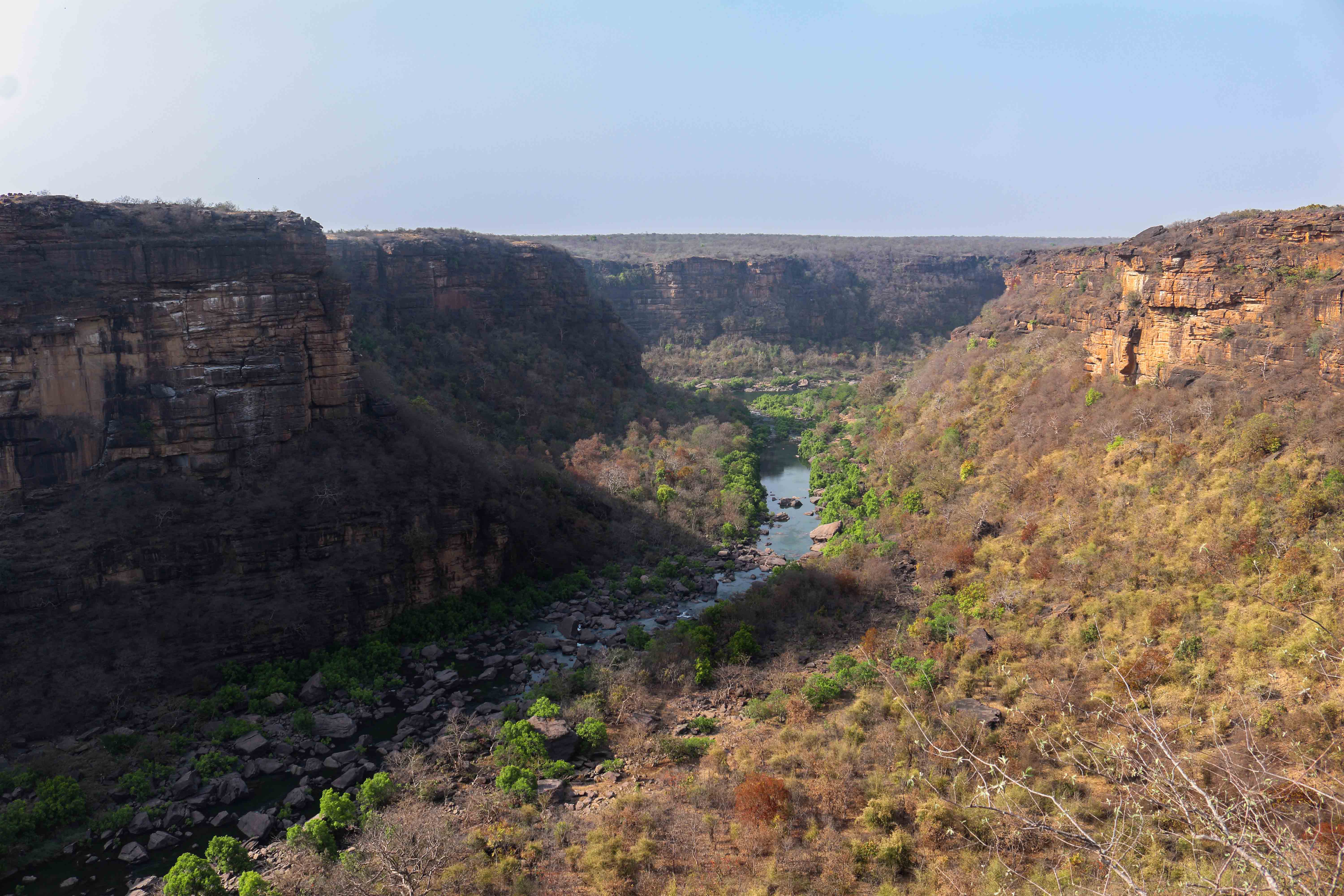
The canyons formed by the rivers offer vultures an ideal environment for roosting and nesting. These escarpments, adorned with one of the most threatened species of vultures, Long-billed vultures or Indian Vultures, provide protection from rain showers and offer proper shade. The canyons' deep and wide structure allows for the safe disposal of large amounts of floodwater without raising the river level. These secluded spots, inaccessible to most humans and mammals, serve as secure roosting places for vultures. During the rainy season, vultures face challenges as heavy rains inhibit their ability to soar high in search of carrion. While the exact behavior of vultures during this period remains a mystery, they have adapted to the climate and continue to thrive amidst these tough conditions.
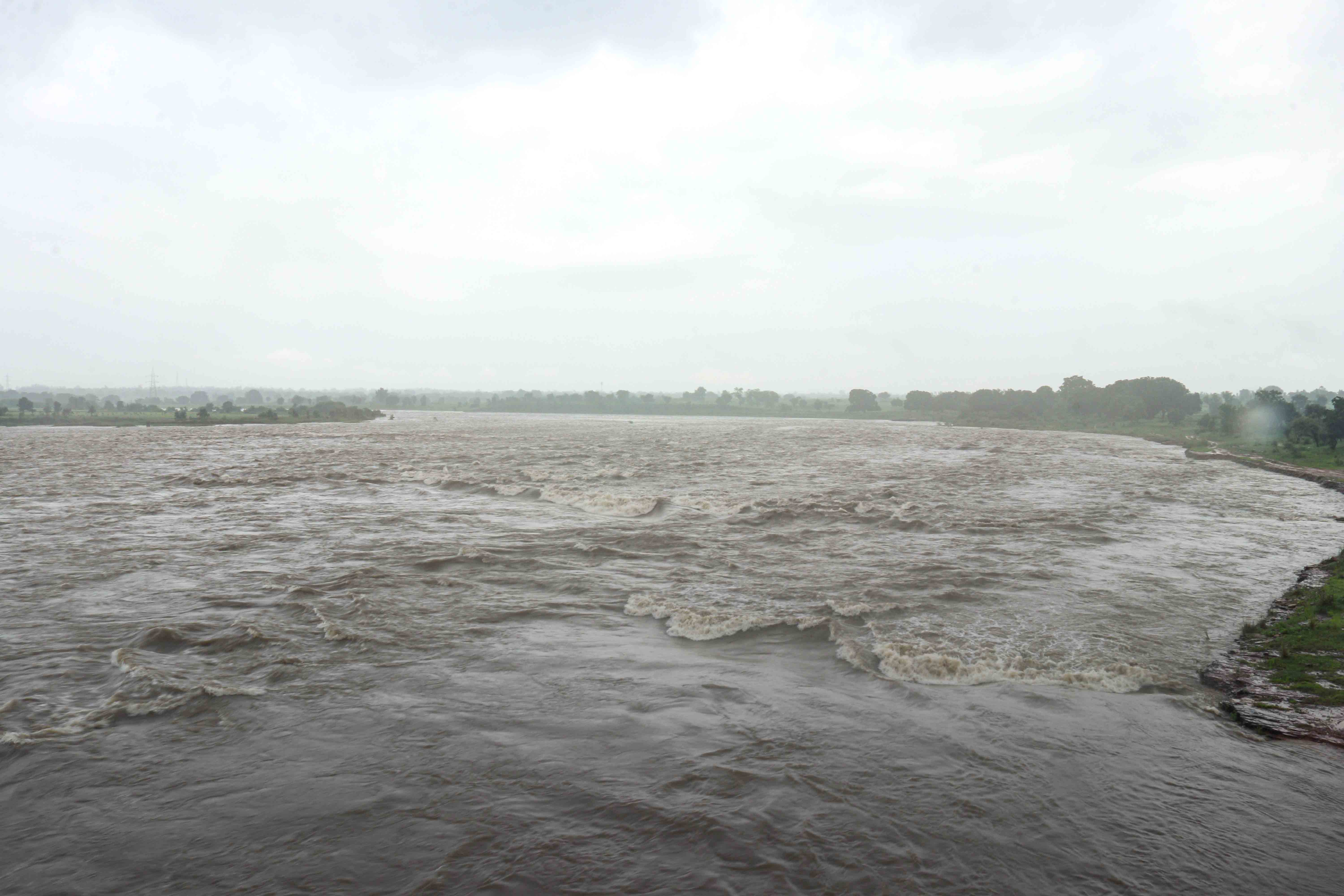
Visiting the site during the month of August provided insights into the vultures' ability to cope with heavy downpours. Despite the river level surpassing the danger mark and reduced visibility, Indian Vultures could still be sighted. These resilient creatures took shelter deep within the crevices of the canyon escarpments, benefiting from proper rain cover. Further exploration is needed to understand their survival tactics and feeding patterns during the wet and moist seasons.
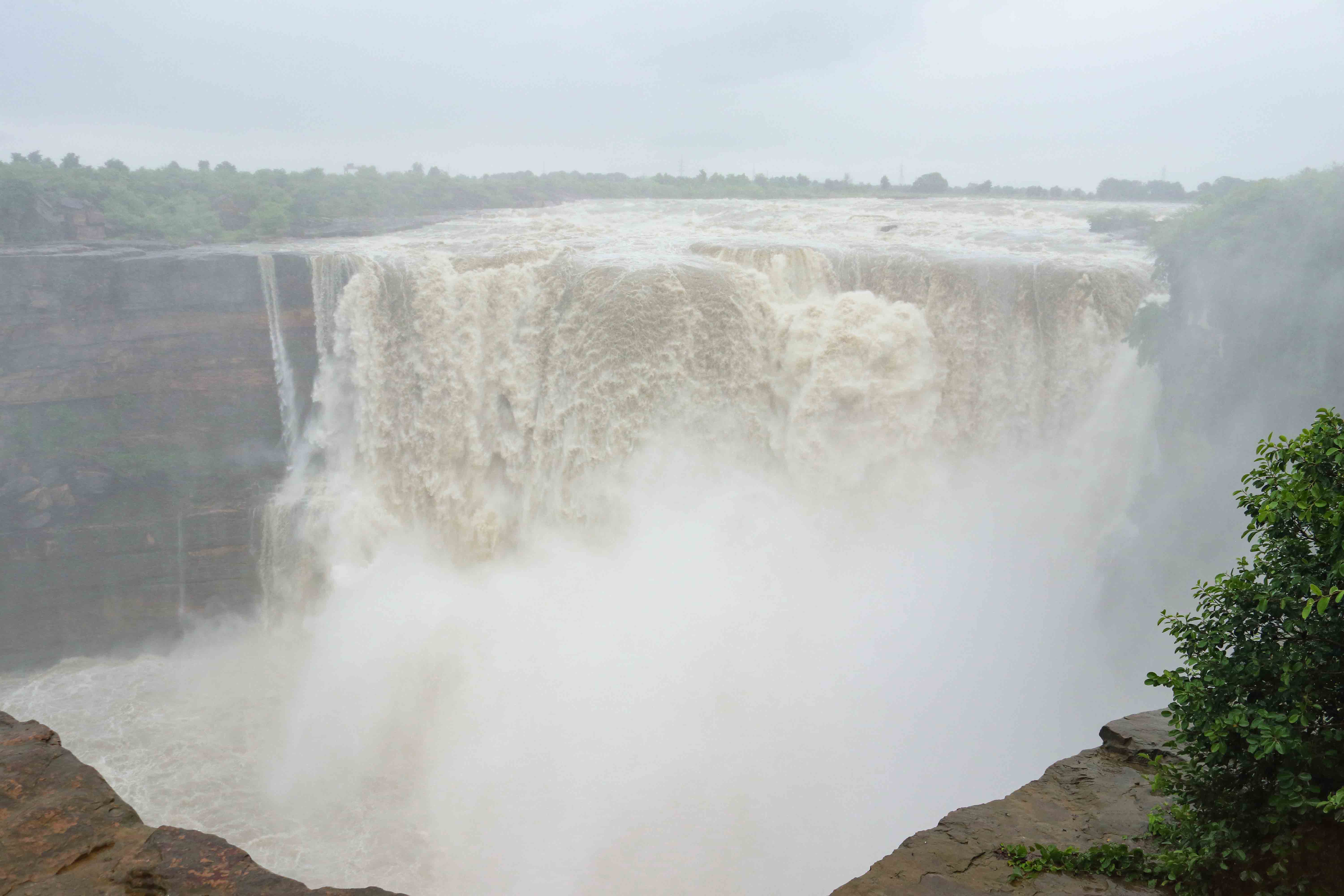
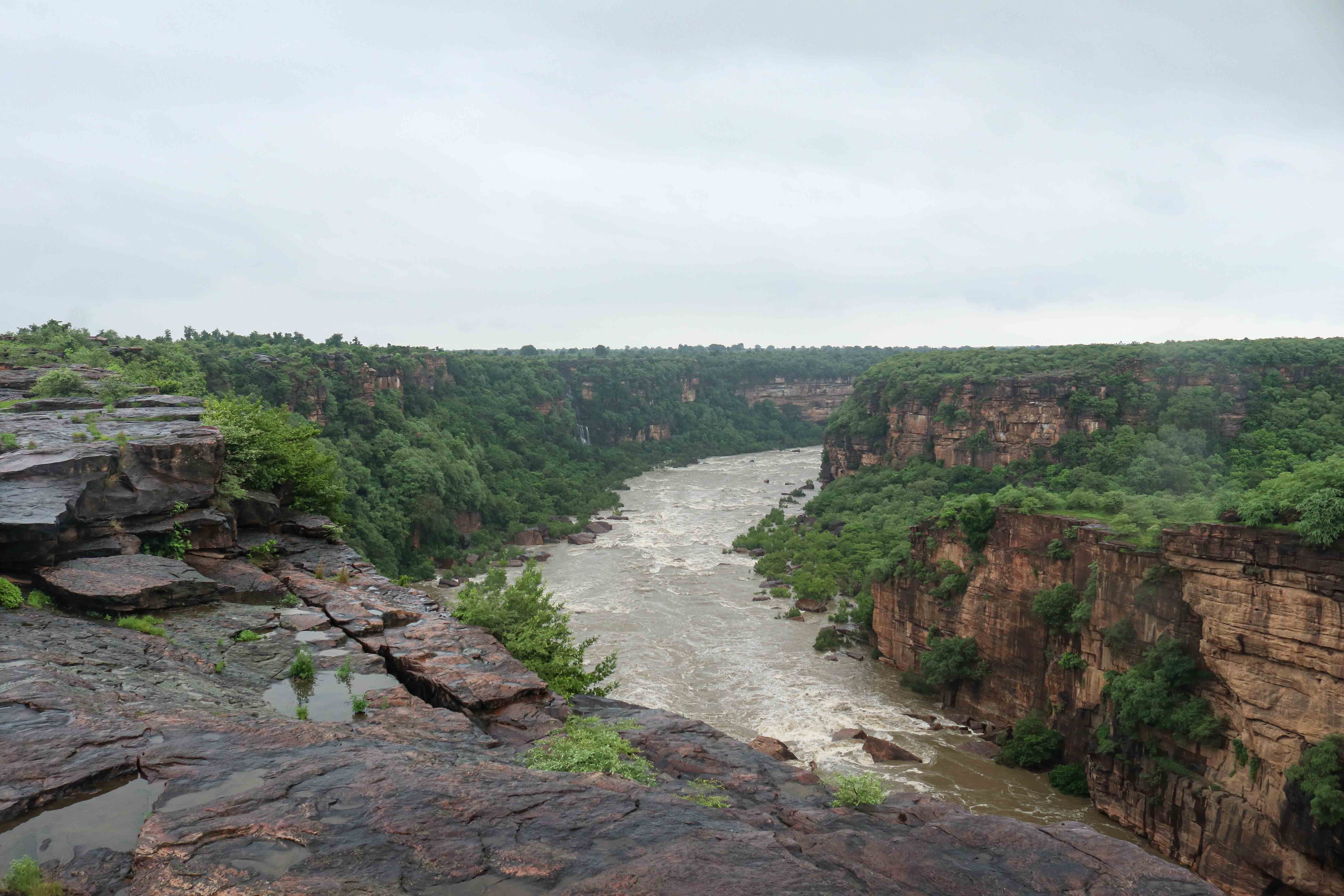
Rewa's river systems not only provide essential water resources but also create awe-inspiring landscapes and habitats for a diverse range of wildlife, including vultures. The harmonious relationship between these rivers and the surrounding ecosystem highlights the importance of preserving and appreciating the natural wonders of Rewa. I will continue to explore and showcase the untold stories of vultures and their captivating habitat. Join me on this journey as I venture into these untamed landscapes to unveil the undocumented nature of vultures and their remarkable strategies for overcoming challenges. Stay tuned and embrace the wonders of nature!
